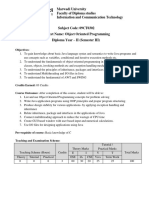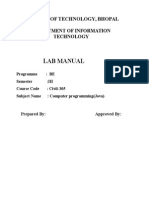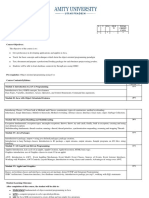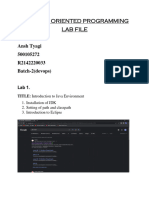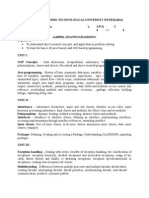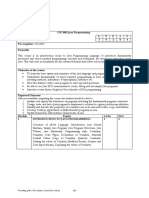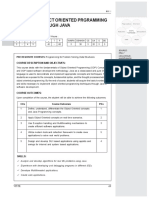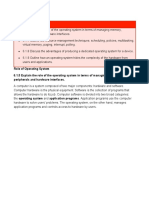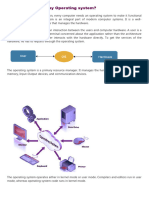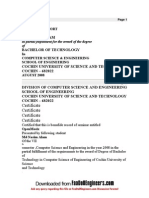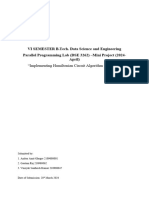0% found this document useful (0 votes)
231 views23 pagesJava Prog Sem-3
The document provides a lesson plan for a Java Programming Lab course. It outlines the course objectives, outcomes, syllabus, and two experiments covering fundamental Java concepts like classes, objects, arrays, and control structures as well as more advanced topics like inheritance, interfaces, exceptions, and GUI programming.
Uploaded by
Nitish JhaCopyright
© © All Rights Reserved
We take content rights seriously. If you suspect this is your content, claim it here.
Available Formats
Download as PDF, TXT or read online on Scribd
0% found this document useful (0 votes)
231 views23 pagesJava Prog Sem-3
The document provides a lesson plan for a Java Programming Lab course. It outlines the course objectives, outcomes, syllabus, and two experiments covering fundamental Java concepts like classes, objects, arrays, and control structures as well as more advanced topics like inheritance, interfaces, exceptions, and GUI programming.
Uploaded by
Nitish JhaCopyright
© © All Rights Reserved
We take content rights seriously. If you suspect this is your content, claim it here.
Available Formats
Download as PDF, TXT or read online on Scribd
/ 23


